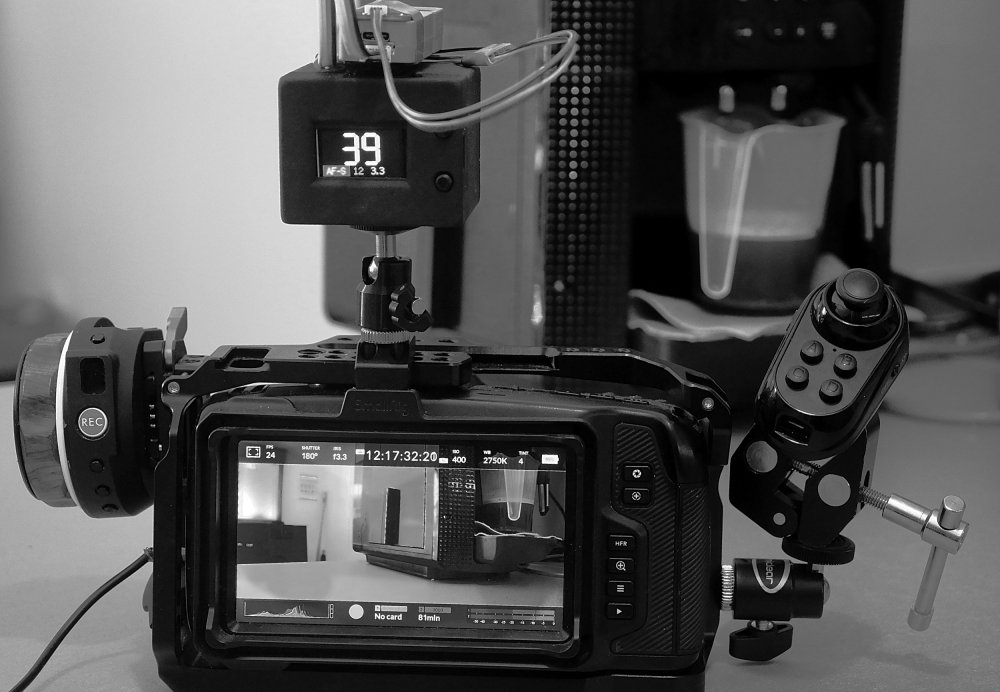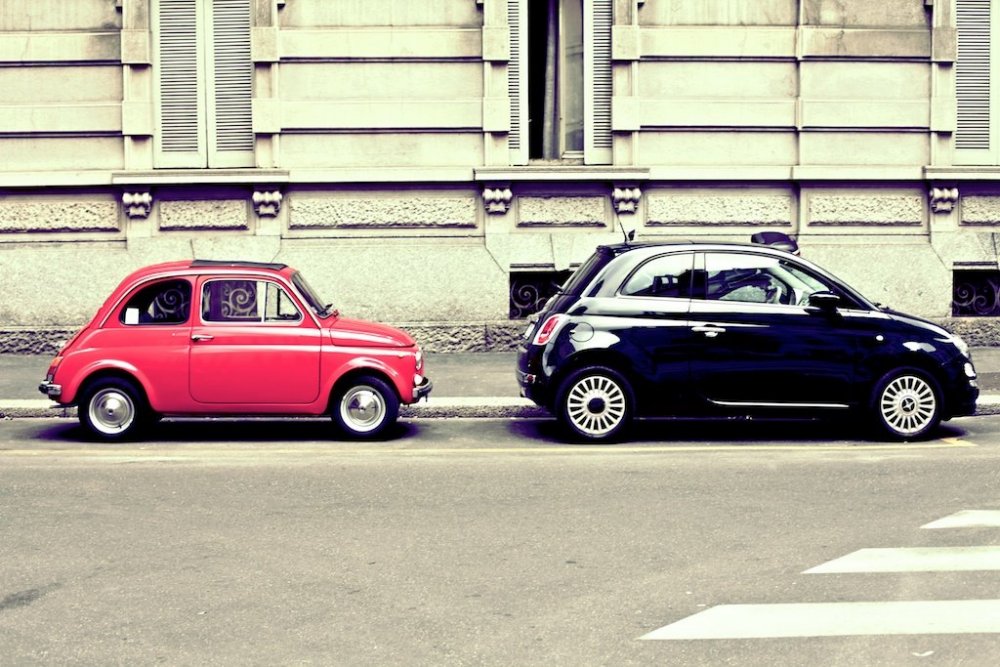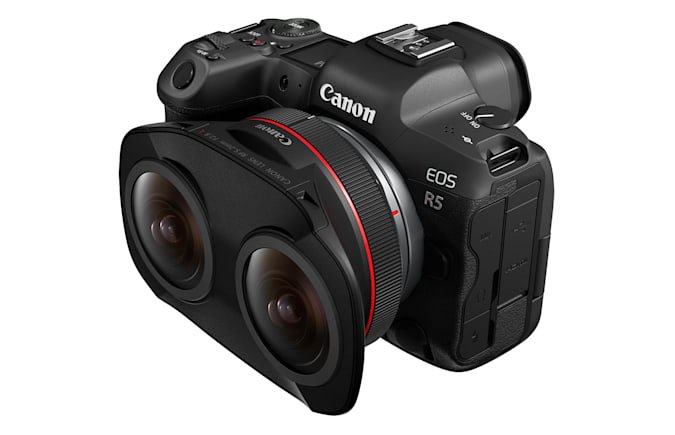-
Posts
6,077 -
Joined
-
Last visited
Content Type
Profiles
Forums
Articles
Everything posted by BTM_Pix
-
This is available in mid-March for €349 and could be a very interesting alternative to the F6 if you only need 2 channels and/or prefer to have something much more compact for camera mounting. Runs for 8 hours on two AA batteries and with the optional BT1 adapter it can not only be remote controlled but also have wireless timecode sync over BLE. I think the F3 would partner up well with a couple of Zoom's F2-BT lav recorders to make a very capable 4 channel 32 bit float audio system that would all be timecode synced and remote controlled through BLE for around €700. Not having to worry about setting levels and never having to wonder whether the lav mics are in record mode etc would be a boon for solo operators in a hurry.
-
My updates to this thread are way behind real time so, at the risk of ruining future episodes, lets just say that we passed the "viable" stage a few weeks ago 😉
-
In case you were wondering where I'm up to... Currently at the integration of some LIDAR, some Bluetooth, some WiFi, some Serial, some 9 axis IMU, some camera, lens and imaging control, some electrical tape and more than some coffee stage of proceedings. Its weeks ahead of the last update so I'll do a proper update at some point about the twists and turns of the journey up to this point.
-
Kismet
-
To the surprise of absolutely no one, Sigma have officially announced the X mount versions of their venerable 16mm f1.4, 30mm f1.4 and 56mm f1.4 lenses. https://www.sigma-global.com/en/magazine/m_series/others-lenses/fujifilm-x-mount/sigma_xmount_lenses/ Sigma very much treading the vinyl>cassette>8 track>CD>miniDisc reissue path there to make sure you can buy them for every new format you move to 😉 Excellent lenses though.
-
No, its a deliberate ploy to shill the add-on unit as they are all in the pay of Big Handle.
-
To be fair, it has an onboard 3.5mm stereo mic input (which can be used simultaneously with the top handle to expand the number of channels) and headphone jack so it does have some audio capability.
-
--------- Clause 18.2 - Importation Location Marking For Overseas Imports In compliance with AP's standard terms and conditions for procurement, any and all items of equipment supplied under this contract that are not of US origin must be clearly and prominently marked with an easily understood reference to denote the State used for the initial importation into the US. In the case of this particular contract, all equipment will have its initial port of entry to be in the State Of New York and should be marked accordingly. ----------
-
Particularly in the context of how much MFT cameras have bulked up beyond all recognition - not to mention arguably beyond all rational raison d'être of the original concept - in the past few years. Its all very much in the Fiat 500 envelope. On that basis, they might as well be just go and add a bit more to make it infinitely more useful. I don't buy cost as being a factor either as the cameras have bloated so much price wise along with the physical size as well so if people are willing to €2500 on an MFT body then I don't see it being a barrier to spend €200 more to get internal ND.
-
JVC LS300 in an MFT mount with a physical switchable ND behind it so no reason (patent issues aside etc) why there couldn't be an electronic one.
-
They made a RAW shooting one five years ago so they do have form.
-
Its almost like affordable app controlled motorised sliders with pan/tilt heads that can repeat moves ad nauseam don't exist isn't it ? I do think, though, that more emphasis needs putting on having an "AF Toolbox" as opposed to an unrealistic (at this moment at least) ideal of the "Sentient All Seeing Eye AF". Focus limiters, range traps, spot focus, hybrid AF-C with manual override etc can all combine into a powerful toolbox that can be used to more ideally match the different circumstances of shooting that people find themselves in. Manufacturers have a lot of these types of tools available but bury them in menus and don't really pay much heed to fast switching between them with hardware buttons, something which is essential if you want to provide a cohesive system. I also have a focus recorder function in the AFX that lets you record and playback a couple of minutes of real time focus moves sourced from any combination of AF-S, AF-C, manual or focus memories and then play them back so you can perfect the moves that you want for a scene and then replay them for take after take. Stuff like that can also help provide the tools to cover a lot of bases while we await the golden ticket with the bonus of it all being able to work on decades old manual lenses as well as it does with the latest and greatest fast AF lenses. We are definitely in an era of making perfect the enemy of the good when it comes to focus control. If we turned our definition of AF to mean Assisted Focus rather than Auto Focus, we might see a lot less angst about it.
-
One of the AF features that I spotted on the leaked GH6 video is that it appears to have a focus limiter function that looks very similar to the one that (*own trumpet blowing alert*) I have in my AFX product. On the AFX, you store a near and far focus point and it will only respond to subject movement between those two distances. So you can define the range of movement of the interviewee, put it in AF-C mode and guarantee that it won't go off focusing on things in the background etc. With judicious use of the aperture you can set near and far distances up in such a way that you have enough overall focus range to have a safety net without massively comprising the shallow depth of field aesthetic. It remains to be seen how Panasonic have implemented their limiter in terms of it is just for AF-S but if it is AF-C like the AFX then it is a boon for interview applications in particular. The AFX also has a separate absolute limiter function so you can selectively limit maximum AF-C focus range to, say, 2 metres which can negate a lot of the AF issues which present themselves when people are vlogging both indoors and outdoors. Not sure if Panasonic have implemented that in the GH6 too though.
-
I was quoting his opinion of it rather than mine.
-
Greatly improved and he now considers it more or less a non-issue is the gist of it.
-
I posted that and then straight away watched a couple of videos of this combo where people have randomly wafted the camera round and now I'll have to have a lie down. I think the rule of thumb for a while with this is to preview any content in a regular browser and make sure there is no wafting before putting the headset on !
-
The YouTube VR app on the Quest does seem less than ideal at the moment. There does seem to be a plethora of other apps such as Skybox though that can stream the content that I'm going to look at as well as Virtual Desktop etc
-
Of course not but what has changed now, for me at least, is that its a commitment to the 180 3D format and that we are now seeing the affordable headsets to use it with. 360 definitely has its uses both as a format in its own right but also as a mechanism for capturing for flat content and I've had a few 360 cameras but 180 3D is more interesting and viable as a hybrid format for me. With the Quest 2, I've had none of the nausea that I've experienced with my PSVR (aside from the ick of having to create a Facebook profile) and the head tracking makes viewing the 180 seem as "natural" as one is able to feel when one has a telly strapped to one's head. And thats the thing with the 180 format, it has enough extra space to encourage small movements to the sides without that urge to be turning your head around like an owl to see whats behind you. So whilst it still has enough "look around" space to be useful, it feels a lot less gimmicky and as a consequence the immersion feels stronger. Something which is also helped with this setup by the minimum focus distance being so short as to be nearly non-existent. 180 is also much less challenging to shoot with of course as you can actually have people, lights and sound recordists behind the camera's view! So, its absolutely not new as a technology but, for me at least, the opportunities for it as a viable mainstream medium are now that the quality of the camera and the headsets are intersecting.
-
I think Canon being Canon, they want you to buy the R5c to get the 8K60p.
-
I wouldn't advocate wearing one out it public obviously but, then again, we've all been wandering round supermarkets and shops wearing surgical masks and nitrile gloves for the past two years looking like we're cosplaying surgeons so I wouldn't rule anything out. What is the deal with the rear filter ? On the Canon site it looks like you cut slivers of ND gel to mount in a frame that slides in, is that right ? And if so do you get more than one frame.
-
How will you achieve the 3D from the single lens ?
-
Is that Abbey Road mastering? I very much enjoyed the Radiophonic Recordings one that you did recently so look forward to seeing this too if its on SOS at some point ?
-
This has been out a while now and, whilst its going to be everyone's cup of tea, I think its really interesting. It only works with the R5/R5c and utilises the 8K sensor to give a little bit under 4K per eye with a 180 degree field of view after stitching. I think 180 degree and 3D is the sweet spot for me as 360 degree is great for overcapture/re-framing but just for straight up filmmaking 360 degree throws up too many challenges. Forget about 3D TVs to watch it on, this is all about headsets and for the mass market that is the Oculus Quest 2. If do you have a Quest 2 etc then I'd certainly suggest firing up its YouTube VR app and go and look at the early content . In the spirit of camera tests, Canon themselves have done one with cats. And a wedding ! As I say, this isn't going to float everyone's boat - least of all for narrative - but I definitely think its got legs for documentary/travel/events etc where you are getting a simple workflow to create 3D VR180 at high quality with all the image frills like C-LOG, RAW etc and it has a rear mounted filter holder for ND. The lens costs €1800 (or €900 per lens if you want to feel less bad about it !) which, even if you do have the R5/R5c already, isn't something you would be wanting to buy just to have a play about with but if you have an interest in the type of content it can be used for then it is something to consider.










